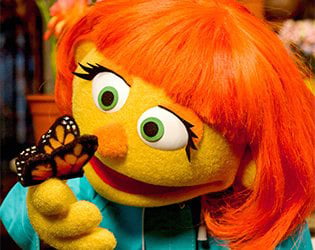Sesame Street 50th - Timeline
Take a trip down Sesame Street and explore some of the milestones and highlights of the past 50 years of the show. If your favorite Sesame Street moment isn’t on here, share your memory with us here!
1969: “You’ve Never Seen a Street Like This”
After two years of development, Sesame Street premieres on November 10, 1969 on public television stations around the country. In the first episode, Gordon introduces a girl named Sally to Sesame Street, telling her, “You’ve never seen a street like Sesame Street.” The first season introduced other beloved characters, including Big Bird, Oscar the Grouch, Grover, Bert and Ernie, as well as an early version of Cookie Monster.

1970: A Street Filled with Music
Ernie debuts his bath time song and introduces us to his favorite pal when he sings “Rubber Duckie, You’re the One.” And though he’s not an official member of the neighborhood, Kermit the Frog sings, “Bein' Green” on Sesame Street in 1970.

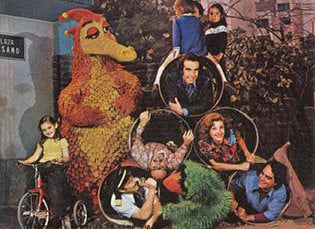
1972: Sesame Street Crosses Borders
The first international versions of Sesame Street air in Brazil as Vila Sésamo and in Mexico as Plaza Sésamo. In the 1970s, Sesame Street co-productions also premiere in Germany, the Netherlands, Kuwait, and Spain. In the coming decades, the show would have more than 30 co-productions around the globe.
1972: “I Really Love to Count”
In the season 4 premiere, we meet the Count von Count, a friendly vampire who really loves to count. The Count’s favorite number is 34,969.
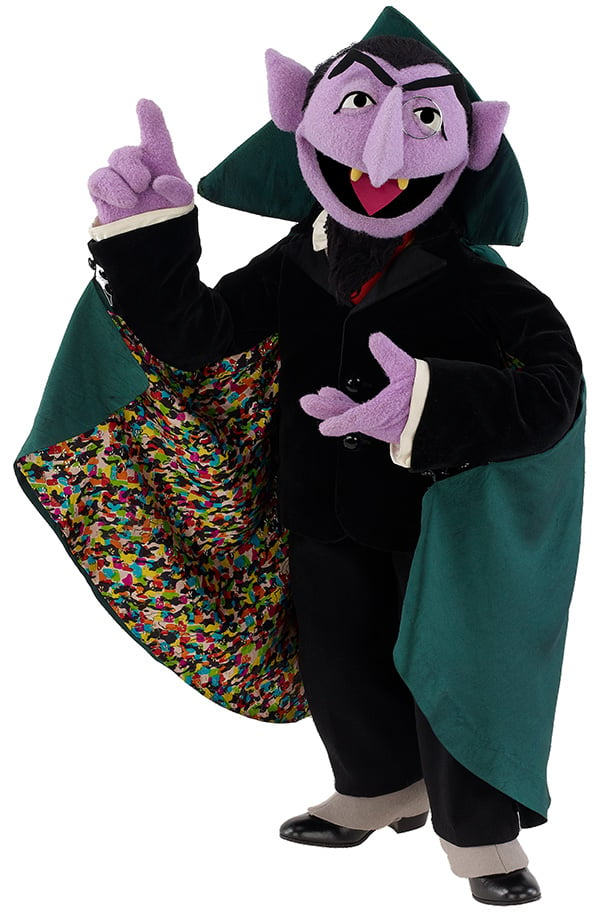

1974: There’s a New Gordon in Town
Roscoe Orman takes over the role of Gordon and would play that role for the next 42 years.
1983: “Farewell, Mr. Hooper”
Actor Will Lee, who had played the shopkeeper Mr. Hooper since 1969, dies. Instead of re-casting the role, Sesame Street decided to talk about it on the show to teach children about death. The episode aired on Thanksgiving Day––November 24, 1983.
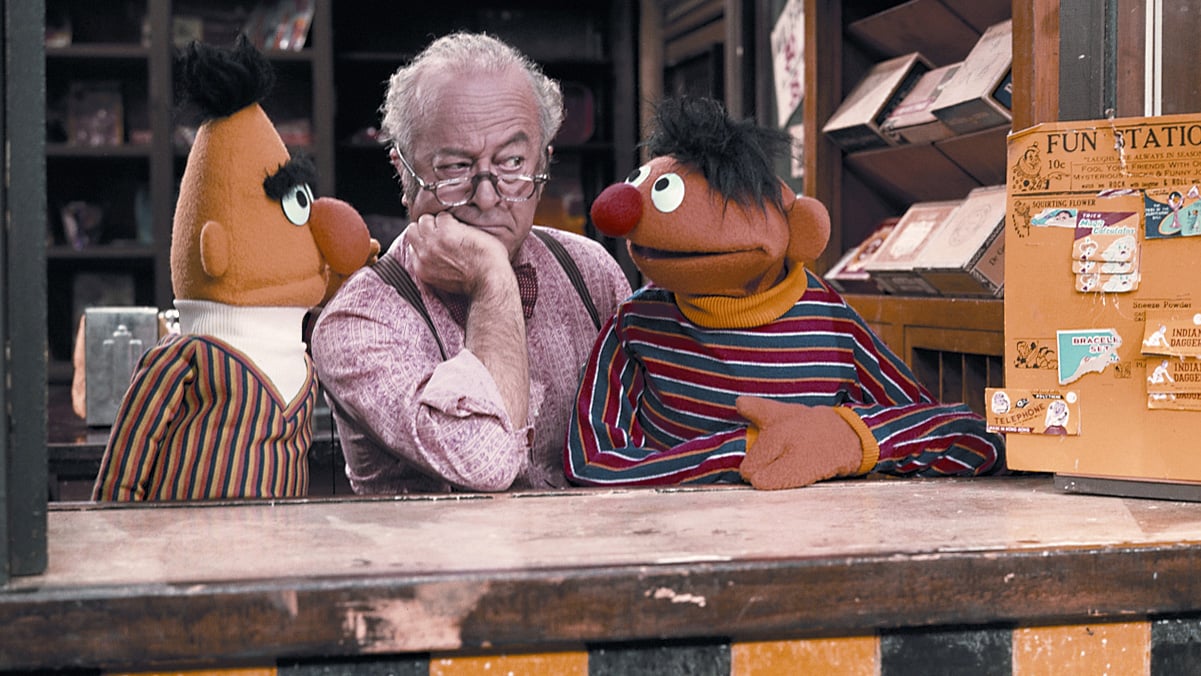
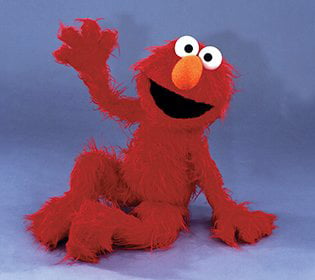
1984: Elmo Says Hello
Formerly an unnamed character, the furry red monster gets his moment in the spotlight in his first appearance as "Elmo" in 1984.
1985: Snuffleupagus is Real!
The adults finally meet Mr. Snuffleupagus, who debuted in 1971, after years of telling Big Bird that Snuffy was just part of his imagination. Producers decided to make Snuffy visible to the other characters after a string of child-abuse cases made it important fto show that children were believed when sharing with their parents and caregivers.
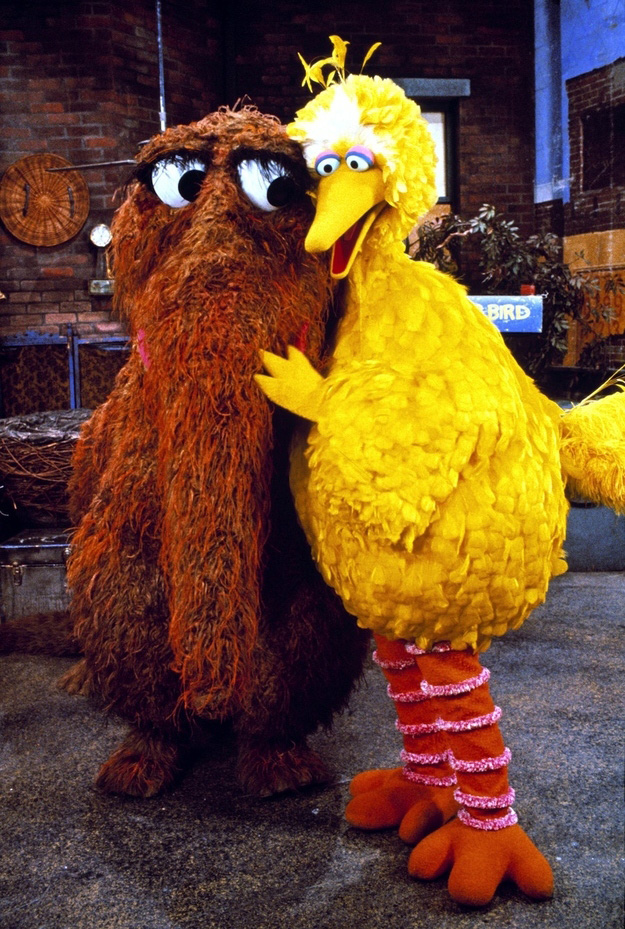
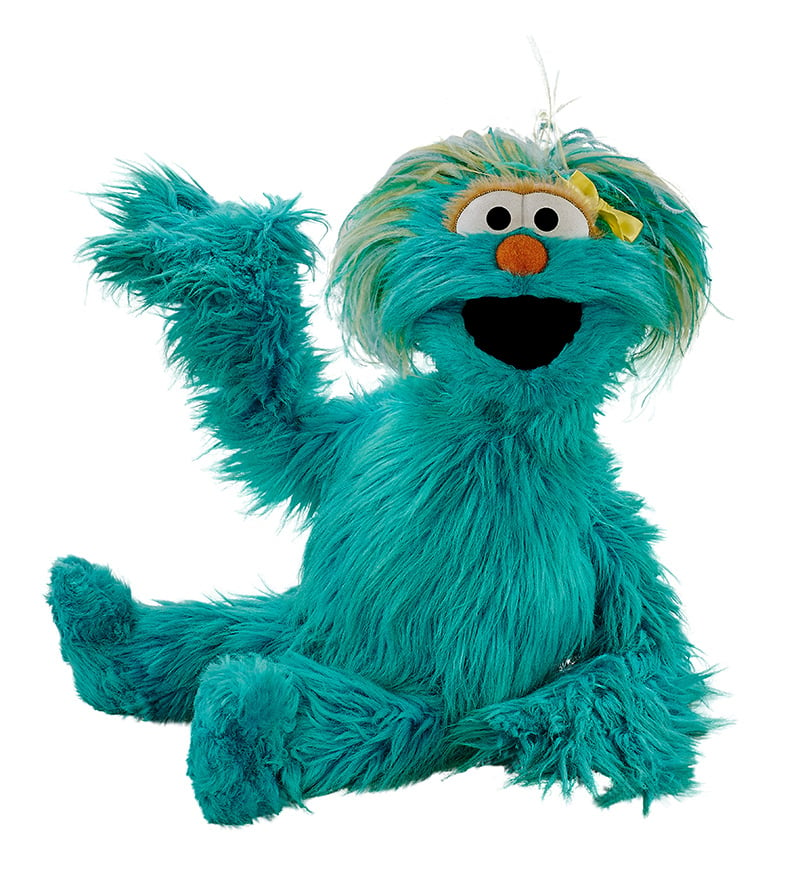
1991: Rosita, la Monstrua de las Cuevas
We meet Rosita, the first permanent Hispanic Muppet, in season 23. Her full name is Rosita, la Monstrua de las Cuevas ("the Monster of the Caves"). She is from Mexico and is bilingual.
1993: Tackling Racism
When someone complains about her playing basketball and spending time with Savion, Gina has to explain racism to Telly Monster. Telly asks, “What does color have to do with being friends?”
1998: Elmo’s World
The segment Elmo’s World premiered on November 16, 1998. Alongside his good friend and pet goldfish, Dorothy, Elmo uses the segment to talk about things he loves, like birthdays. (Elmo’s birthday is February 3rd).
2002: Introducing Kami
In 2002, the South African co-production introduced the HIV-positive muppet, Kami, to help address the high rate of HIV/AIDS among children in the country.

2001: Addressing 9/11
Sesame Street has never shied away from tackling difficult topics with its young audience. In season airing after 9/11, the first episode shows a fire in Hooper’s Store, and Elmo learns about fire safety from actual members of the Fire Department of New York, who help Elmo learn how to feel safe again.
2005: Cookie Monster Changes His Habits
Cookie Monster shifts gears and encourages kids to treat cookies like a “sometimes food,” although he remains loyal to cookies. More recently, he has begun to teach kids about where the foods they love come from, in his cooking segment, “Cookie Monster’s Foodie Truck.”

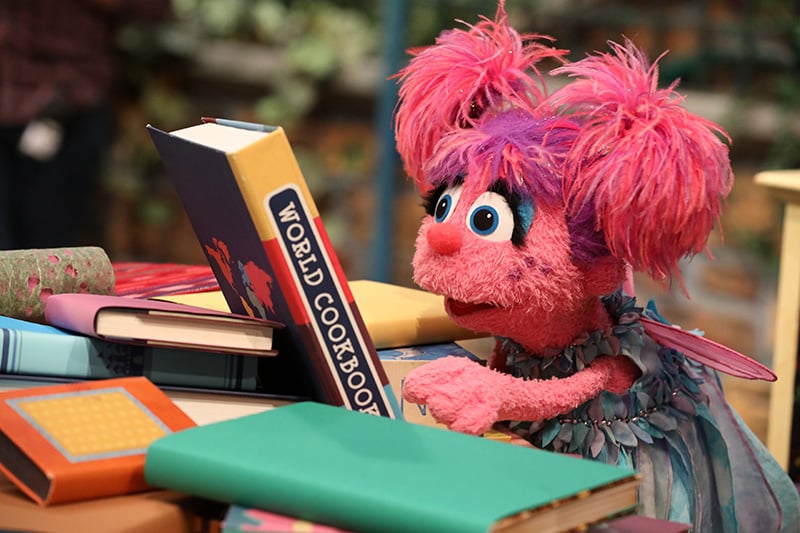
2006: “That’s So Magic!”
The magical fairy Abby Cadabby moves into the neighborhood in the 37th season premiere.
2017: Meet Julia
Sesame Street introduces Julia to the show, a four-year-old girl with autism. As Abby Cadabby explains it, “She does things just a little differently––in a Julia sort of way.” Julia is performed by Stacey Gordon, who used her experience raising her son with autism as inspiration for the character.
